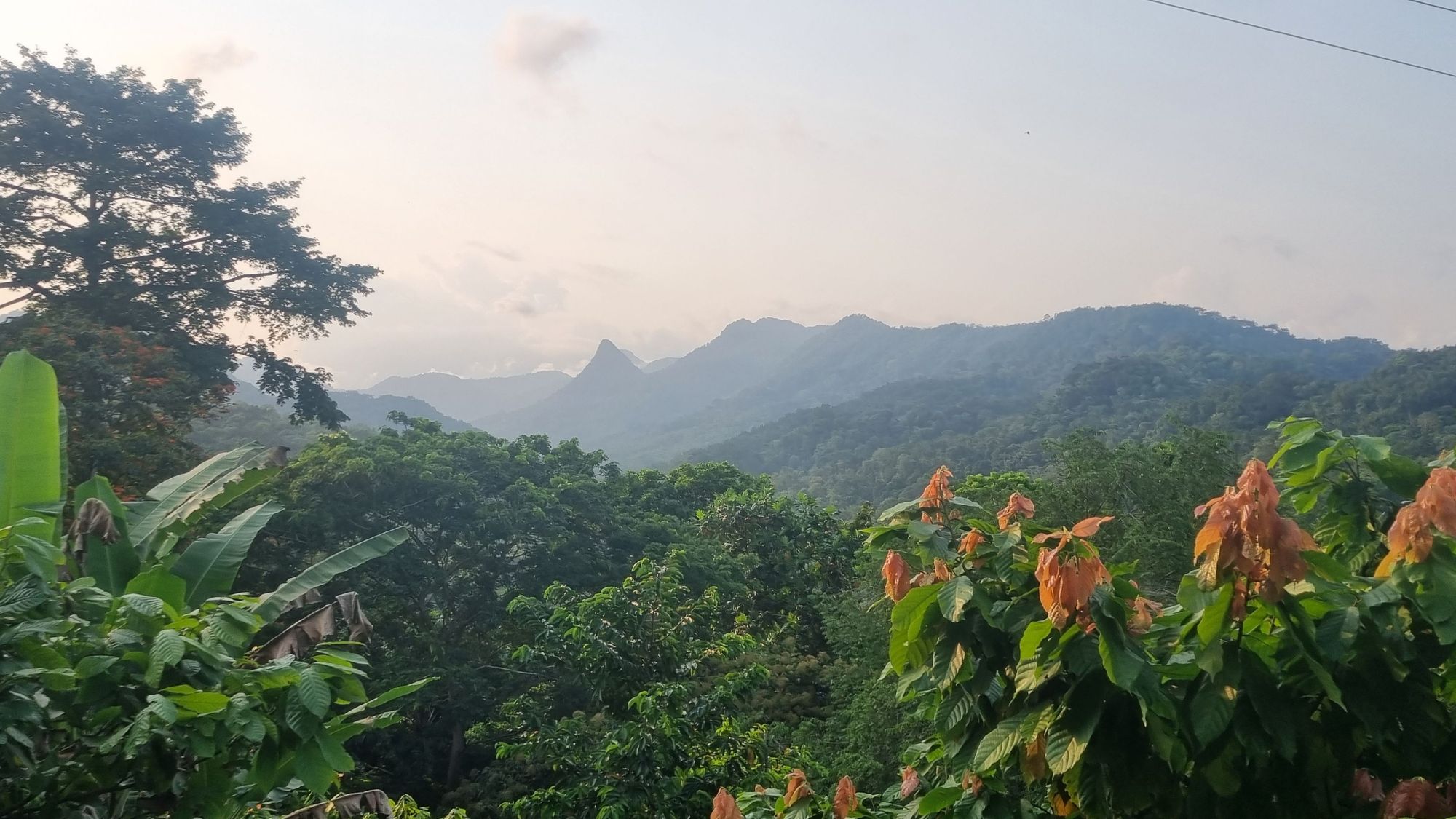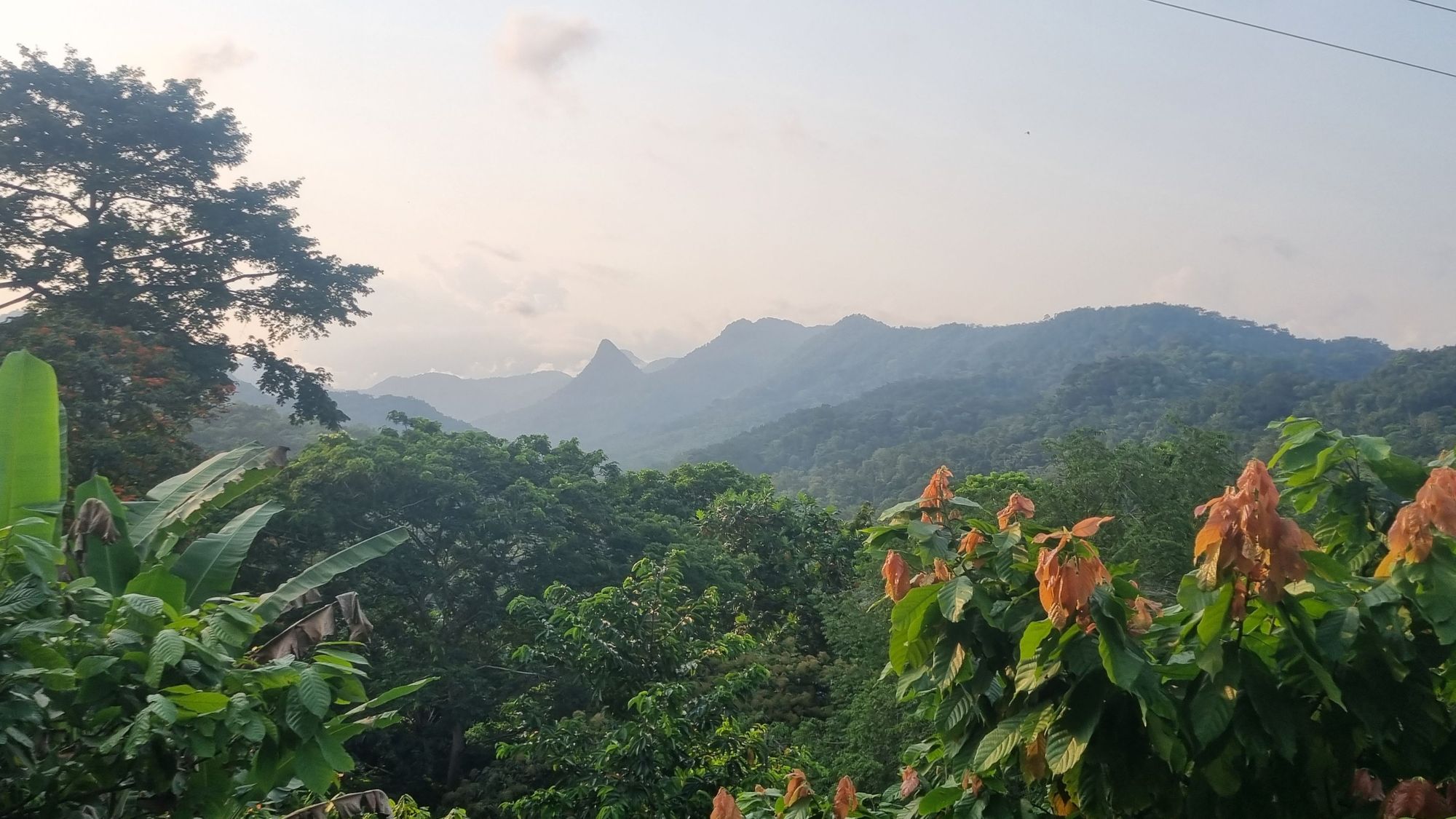
When I caught my first glimpse of the islands from the plane, I marvelled at the two dots of dense, tropical forest lapped by the vast blue ocean below. My excitement intensified as we drew closer - I felt I was about to land on a real-life garden of Eden.
Not many people were aware it was a country. Even fewer could point it on the map...
I was on my way to São Tomé and Príncipe, a two island nation cast away in the middle of the Atlantic, roughly 160 miles (260km) off the coast of Gabon in Central Africa. It consists of two main islands—São Tomé and Príncipe—and several rocky islets, including Rôlas, south of São Tomé island, and Caroço, Pedras, and Tinhosas, south of Príncipe. The islands remained totally uninhabited until they were discovered by the Portuguese in the late 15th century.
I had no idea what to expect from this adventure, having deliberately chosen to visit one of the least known parts of the world. I had heard about São Tomé and Príncipe from a couple of Portuguese friends who travelled there independently a few years back. Their tales had left me intrigued. Finally, I was about to see it for myself.
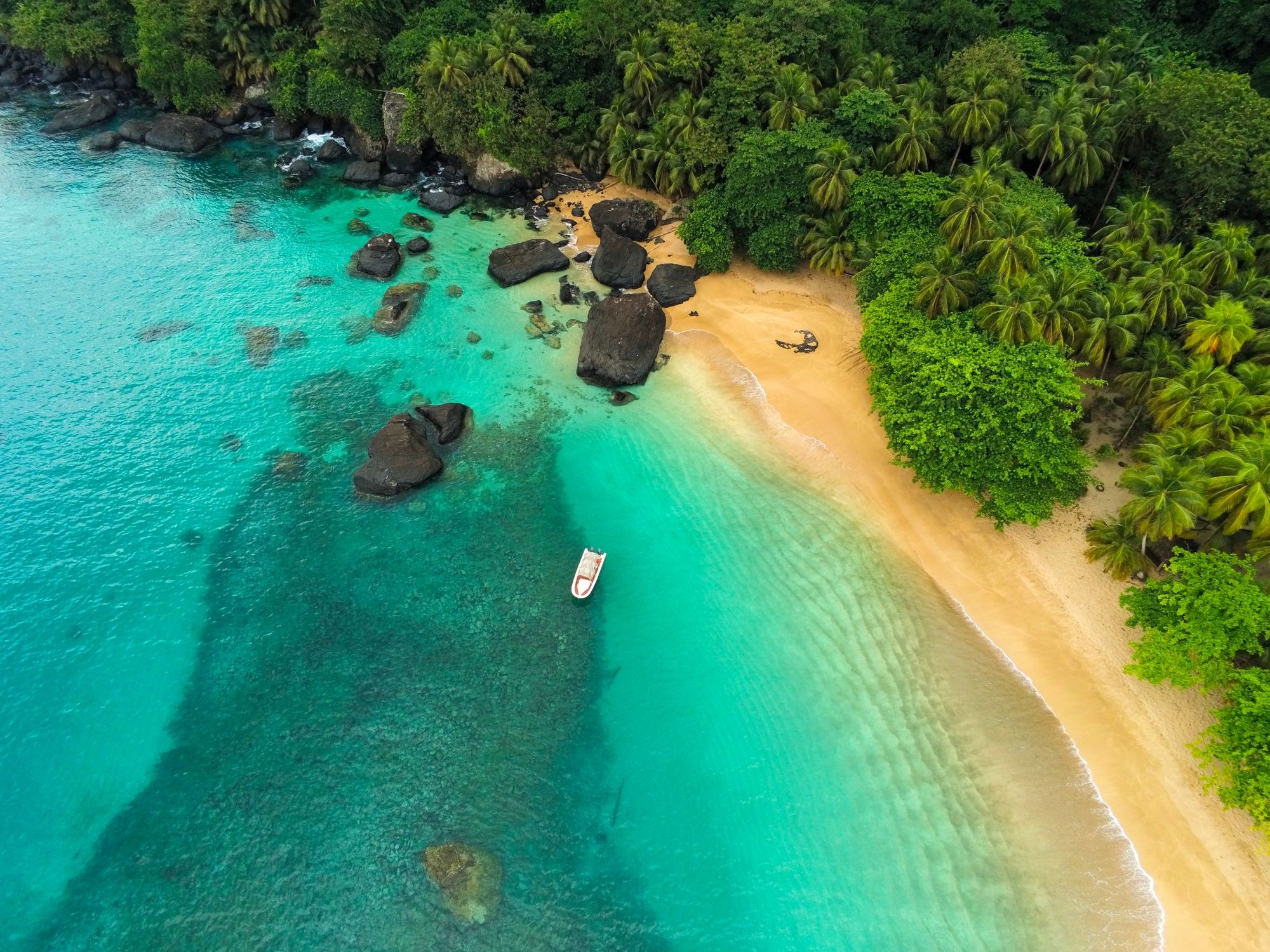
I’ve always been attracted by unusual destinations, the places people can’t quite locate on the map. So many of the places we visit are overshared on social media, so I make it my mission to discover the ones which are more under the radar. There’s something especially alluring when those places happen to be remote islands and far flung archipelagoes, unique microcosms stark against the sea.
If you have a similar penchant for the wild and remote spaces of the world, then you’ll love São Tomé and Príncipe as much as I did. Here are 10 reasons why this remote archipelago should be next on your ‘to visit’ list…

1. It’s One of the Least-Visited Countries in the World
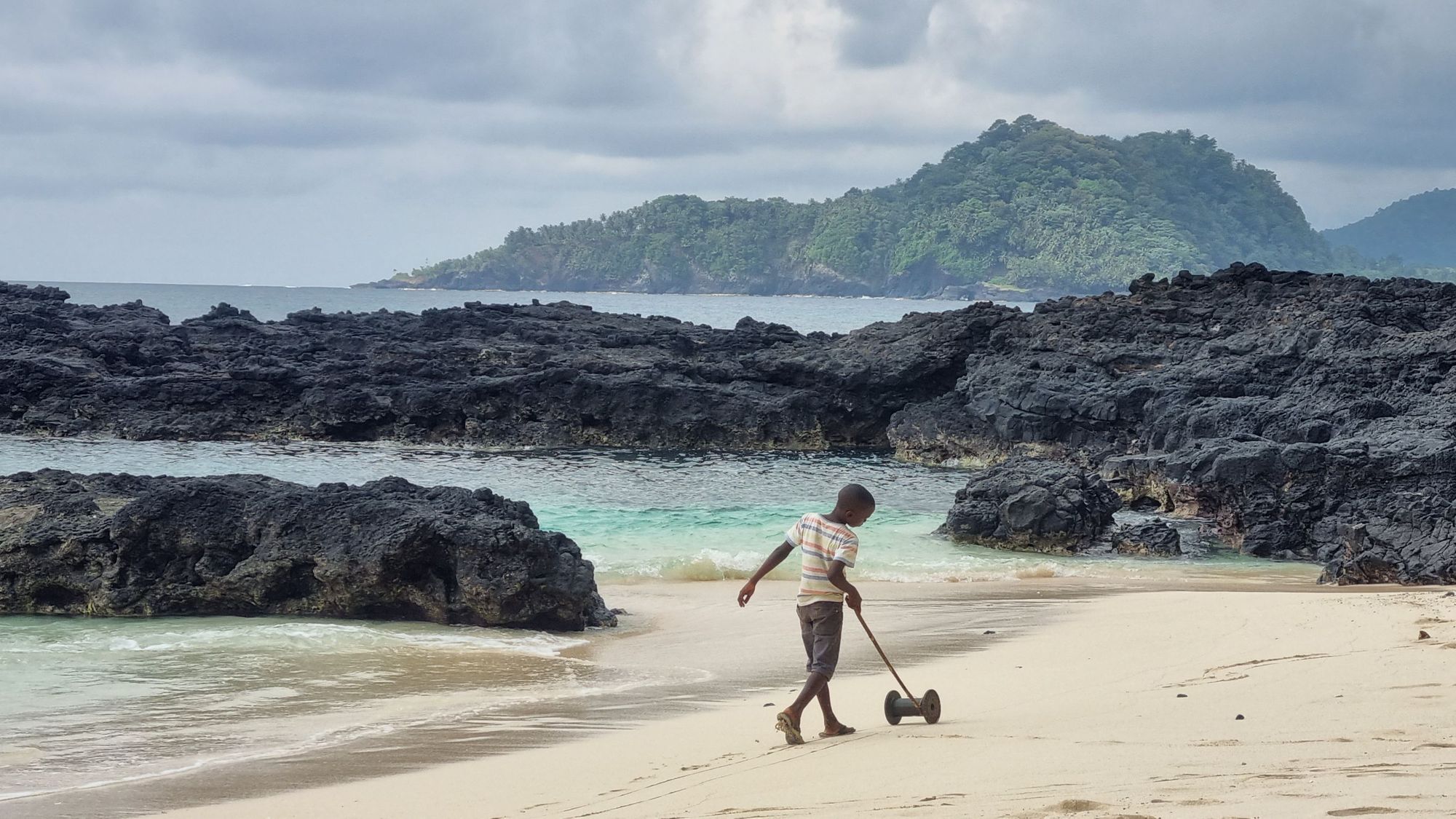
When I told family and friends I was visiting São Tomé and Príncipe, most people reacted with a ‘What? Where on earth is it?’ Although a few certainly heard of the name before, not many were aware it was in fact a country. Even fewer could point it on the map. That was a great sign I was up for a true off-the beaten track adventure.
This isn’t down to a lack of accessibility, or because the destination is unsafe. There is a regular direct flight with TAP connecting Portugal’s capital Lisbon with the capital of Sao Tome in just a little over six hours. Visitors have been increasing over the past decade, but mass tourism has never taken off. According to the World Population Review, only 34,900 tourists visited the islands in 2019 - the eighth least-visited country in the world.
Throughout my 10 days there I only bumped into a couple of dozen other travellers. I often found myself to be the only person hiking in the forest or swimming at a totally deserted beach.
2. It’s Known as the ‘African Galapagos’
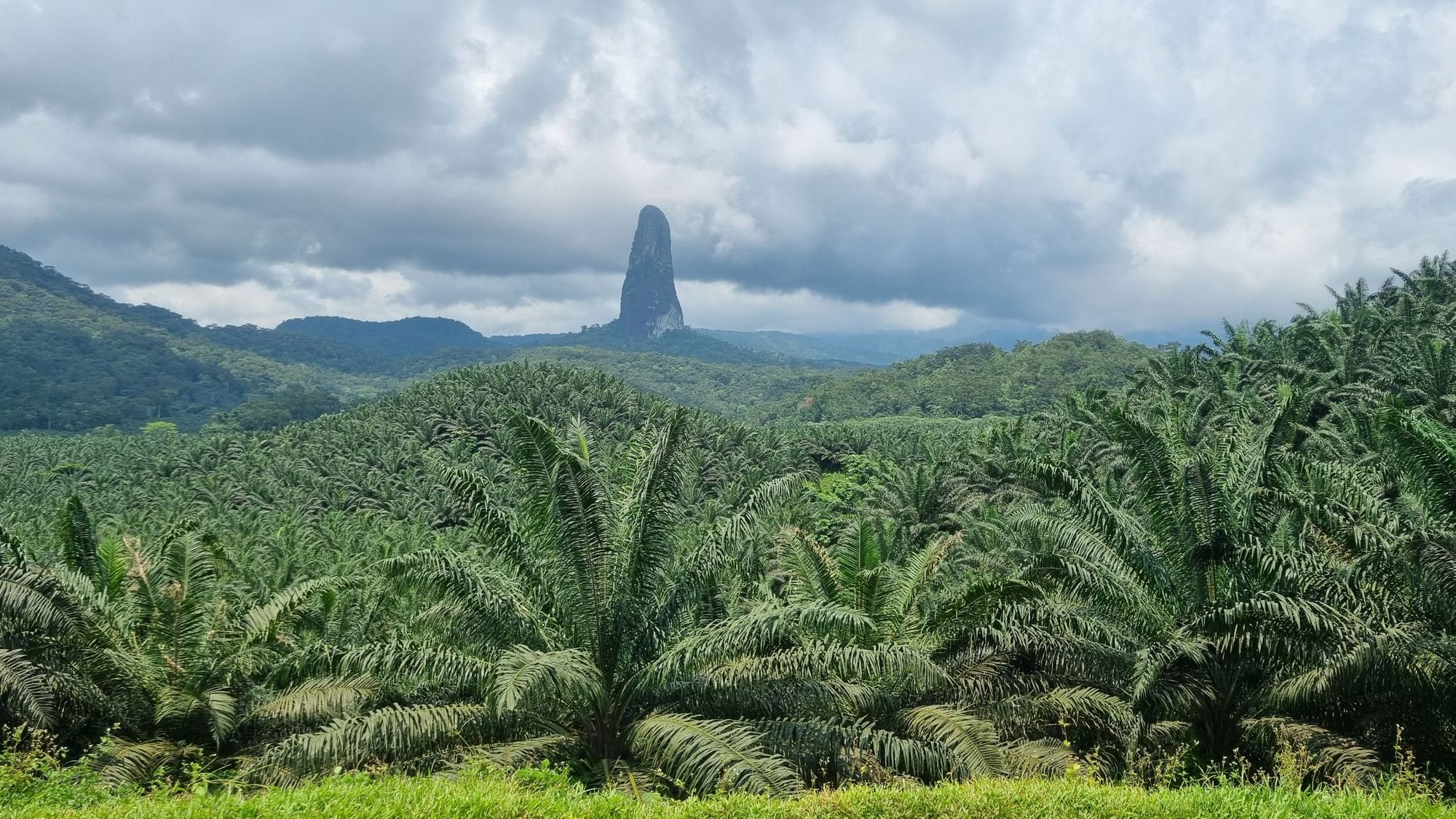
The remoteness of this archipelago has helped preserve its lush, biodiverse wilderness - definitely one of the biggest highlights of the destination. São Tomé and Príncipe is home to more endemic species per square mile than the Galapagos Islands. Species evolved in splendid isolation over the course of 30 million years; the skies are studded with over 25 endemic species of bird and 25 endemic species of butterfly, while the sea abounds with cetaceans and rare tropical fish.
In the smallest island of Príncipe, the forests are among the most biodiverse in Africa. It’s not a surprise that UNESCO designated the entire island a biosphere reserve in 2012. Visiting the protected reserves of the islands is allowed only if accompanied by local guides, and given the parks’ remoteness and lack of English-speaking skills amongst locals, travelling as a small organised guided group is definitely the best and most affordable way to explore this remote wilderness.

3. To Trek the Unique Virgin Forests of Obô Natural Park
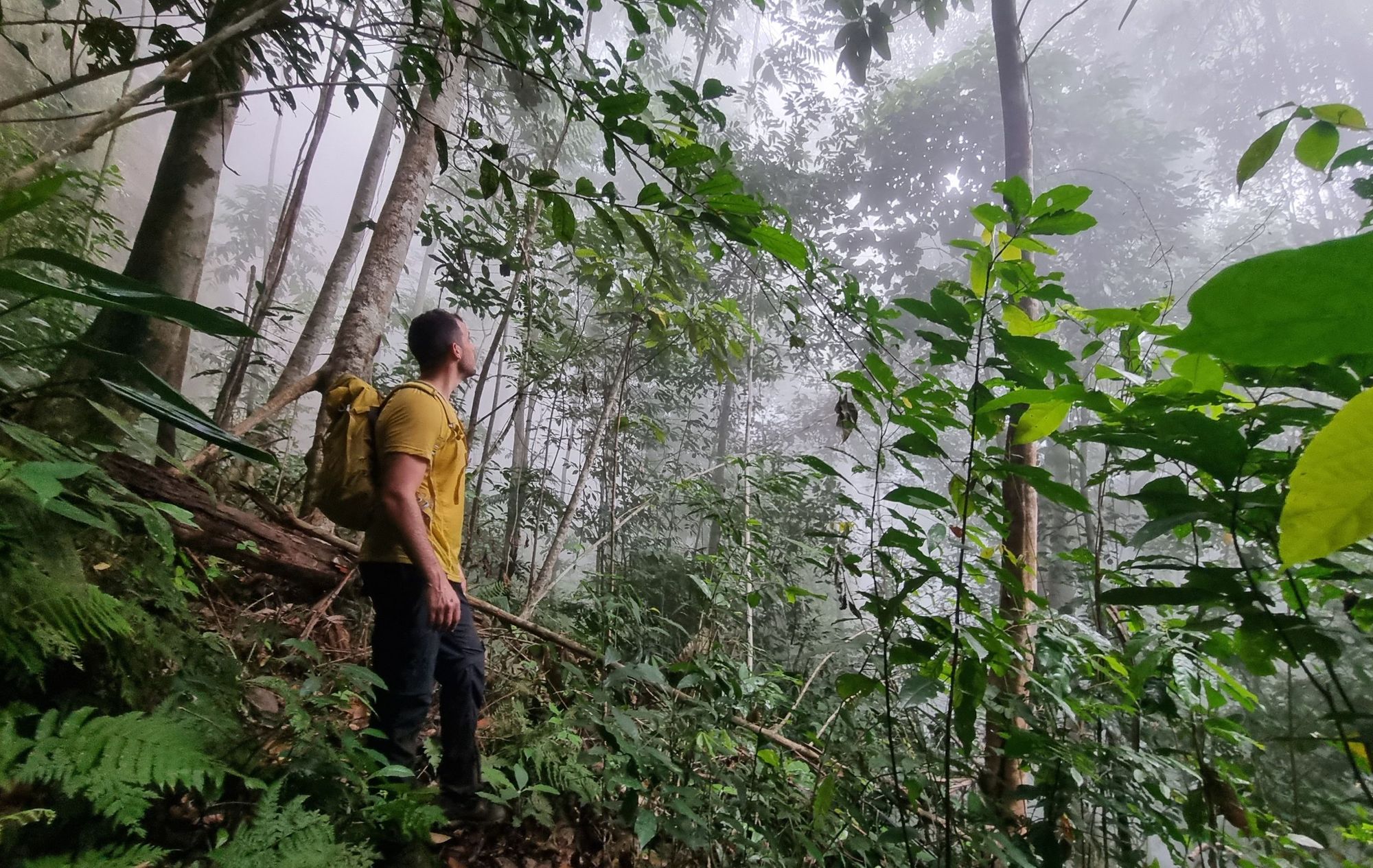
Obô Natural Park covers about 30% of São Tomé and Príncipe (300 sq.km), and ensures this sensitive and species-rich habitat is protected. As you venture to the heart of the Obô primary forest, known internationally amongst conservationists for its biologically rich ecosystem, you really feel like you’ve stepped into a Jurassic World. With over 700 plant varieties and 143 colourful types of birds, lots of which are endemic, this pristine reserve is a true trekking paradise.
Start your exploration in São Tomé, at the Botanical Garden of Bom Sucesso, the gateway to the park, and home to thousands of plants including rare orchids. Take the Camino Fugido Trail to Lagoa Amelia, an extinct volcanic crater surrounded by trees and filled with giant begonias. The knowledgeable park rangers will guide you past unique medicinal plants, colourful endemic birds and explain the secrets of this untouched wilderness. The humid temperatures in the islands will make any hike a sweaty one, but there are plenty of secluded natural pools for refreshing dips.
4. To Fly to the Lost World of Príncipe
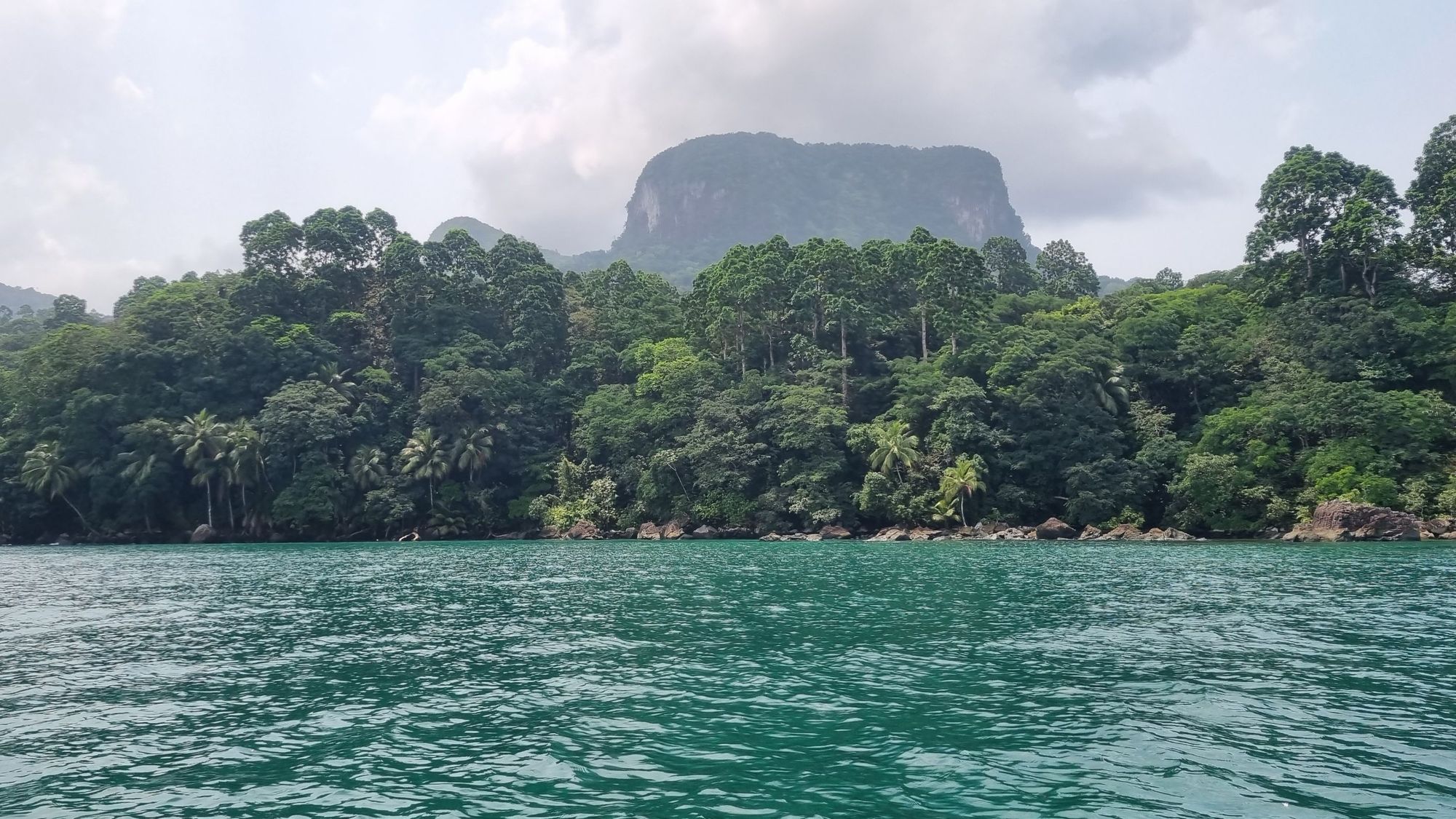
If you thought São Tomé was remote, wait until you approach tiny Príncipe. As you fly there from São Tomé on a small propeller plane, the vastness of the ocean highlights how isolated this second island is. Seen from the sky, Príncipe is almost totally covered by lush wilderness plunging into the sea, with a magnificent topography of volcanic features and towering spires.
I recommend sleeping in one of the family-run guesthouses in Santo Antonio, the smallest capital “city” in the world...
It’s not uncommon to have only about 50 tourists sleeping on the island a day. Most choose to stay at the luxury resorts owned by HBD Príncipe, but for a more authentic, affordable and sustainable island immersion, I recommend sleeping in one of the family-run guesthouses in Santo Antonio, the smallest capital “city” in the world. Life is simple and slow (‘leve leve’) in Principe; locals always greet you with a smile and it’s common to offer kids a lift to school as you travel by 4x4 around the island - you do really feel like you are part of the island community.

The natural highlights of Príncipe are too many to mention, but definitely include the climb up Pico do Papagaio (aka Parrot Peak), through primary rainforest amongst elusive monkeys, native birds and wild rare orchids, as well as some wild hikes and wonderfully refreshing swims in the secluded O Que Pipi and Maria Correia waterfalls.
Fun fact: In 1919, astronomer Sir Arthur Eddington confirmed Einstein's theory of general relativity while observing a solar eclipse on the island of Príncipe - you can visit the exact spot where this happened.
5. For the Beautifully Deserted Beaches
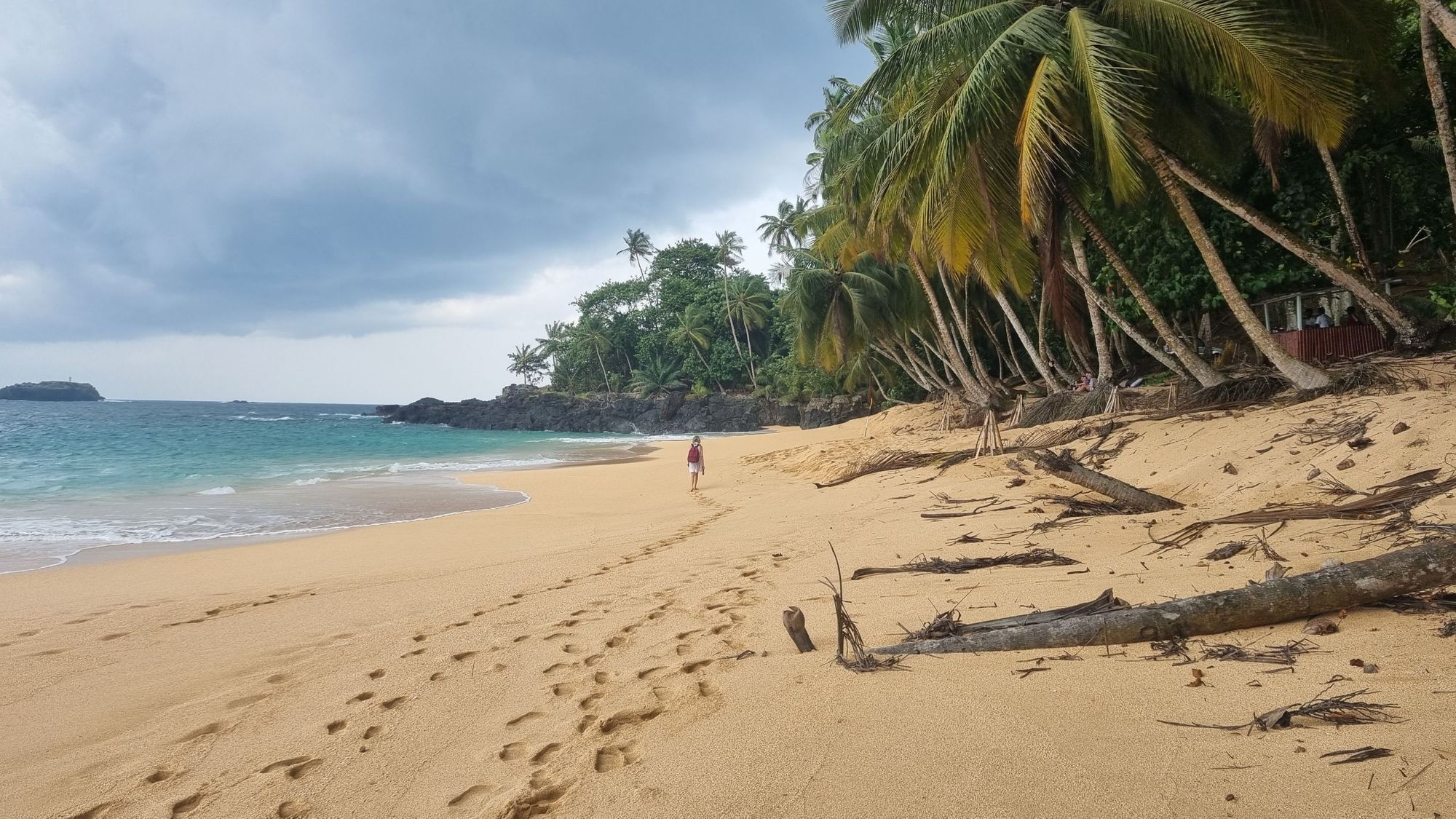
In 2019, São Tomé and Príncipe was named by Lonely Planet as one of the top 10 countries in the world to visit thanks to its “world-class” beaches. Given the unique volcanic topography and geology of the archipelago, all the beaches are wild and truly pristine. Praia Bateria, Praia Banana, Praia Boi are without doubt some of the best beaches I have seen in the world. Imagine smooth white sand, massive boulders, a backdrop of virgin forest and palm trees and crystal clear equatorial waters - certainly rivalling (and even beating) more iconic tropical paradises such as the Seychelles or Philippines.
Some beaches you’ll only reach on foot, others only by boat which means they are often completely deserted, and you will not find another soul for miles. Spending hours swimming in warm seas amongst sea turtles, snorkelling hidden rock pools or sipping fresh coconuts in the shade of giant palm trees, are without doubt some of the highlights of any São Toméan adventure!
6. To Step on The Equator
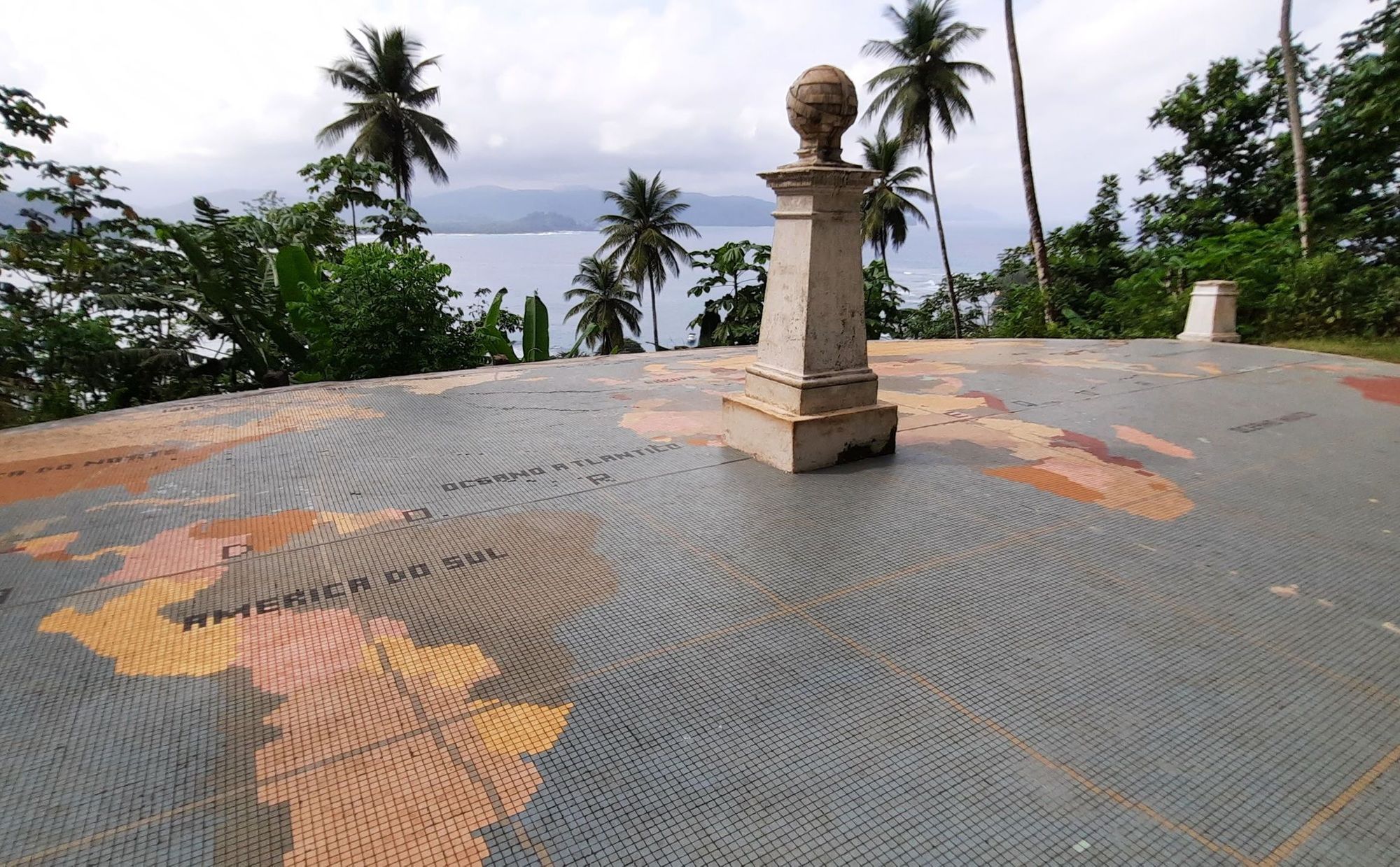
It’s not every day that you stand on the equator, with one foot in the northern and the other in the southern hemisphere. But it’s possible when exploring the paradisiac Rolas Island, a tiny islet off the southern tip of São Tomé. Rolas Island is located a mere 6 degrees longitude of the Prime Meridian line, making it the nearest landmass to the coordinates 00N 00E - this means you are almost standing in the centre of the Earth.
Technically, the equator runs through the island’s only village, but the monument slightly higher up in the island promontory is way more spectacular, thanks to a belvedere with panoramic views of volcanic peaks and lush São Tomé in the near distance.
The boat ride across to Rolas from São Tomé takes just 20 minutes, but the views of the vast Atlantic and pristine beaches make for an exciting sailing adventure. If you’re lucky you may even spot humpback whales circling the island between July and October. Aside from the equator mark, Rolas island also boasts a maze of jungle trails to explore on foot, a friendly local village with just over 100 residents and plenty of dreamy white beaches where you can swim in almost total solitude - bliss!
7. To Witness Endangered Sea Turtles
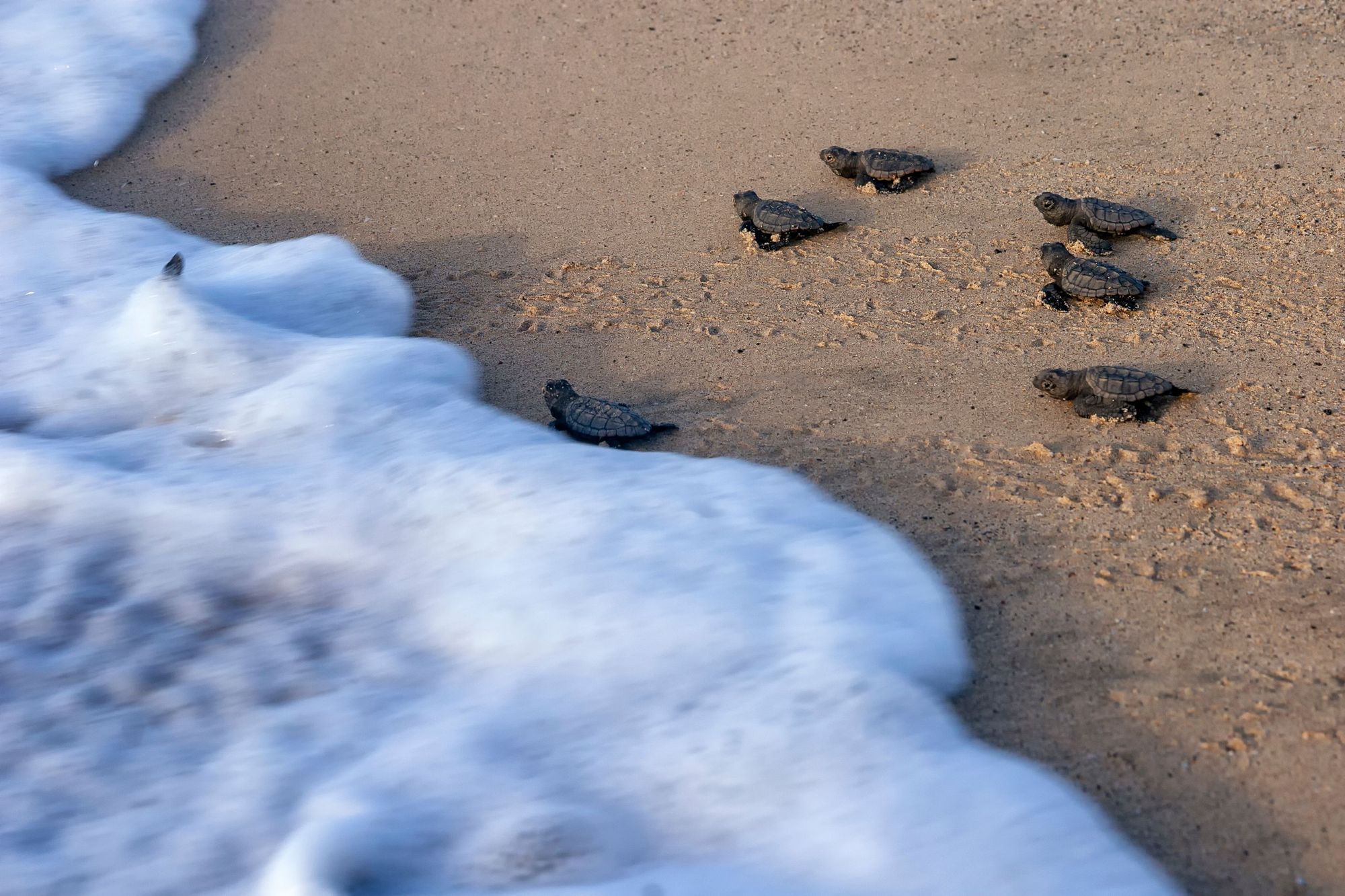
The Archipelago of São Tomé and Príncipe is an important breeding and feeding area for five of the seven species of sea turtles in the world, including hawksbill and leatherback. Sea turtles usually start arriving on the beaches of São Tomé around November, and can be seen laying eggs through to February. In the weeks after this, you might be lucky enough to see hatchlings making their way to the ocean for the first time. If you visit during this season, you can take a responsible turtle watching trip with the NGO Programa Tato at Praia Jalé.
Sadly, sea turtles have traditionally been killed for human consumption on the islands, which has affected the populations of these endangered species. However, recent joint efforts of local NGOs and local communities have been successfully guaranteeing the protection and monitoring of these endangered species, alongside developing awareness and promoting sustainable tourism within coastal communities.
8. To Immerse Yourself in Unique São Toméan Culture
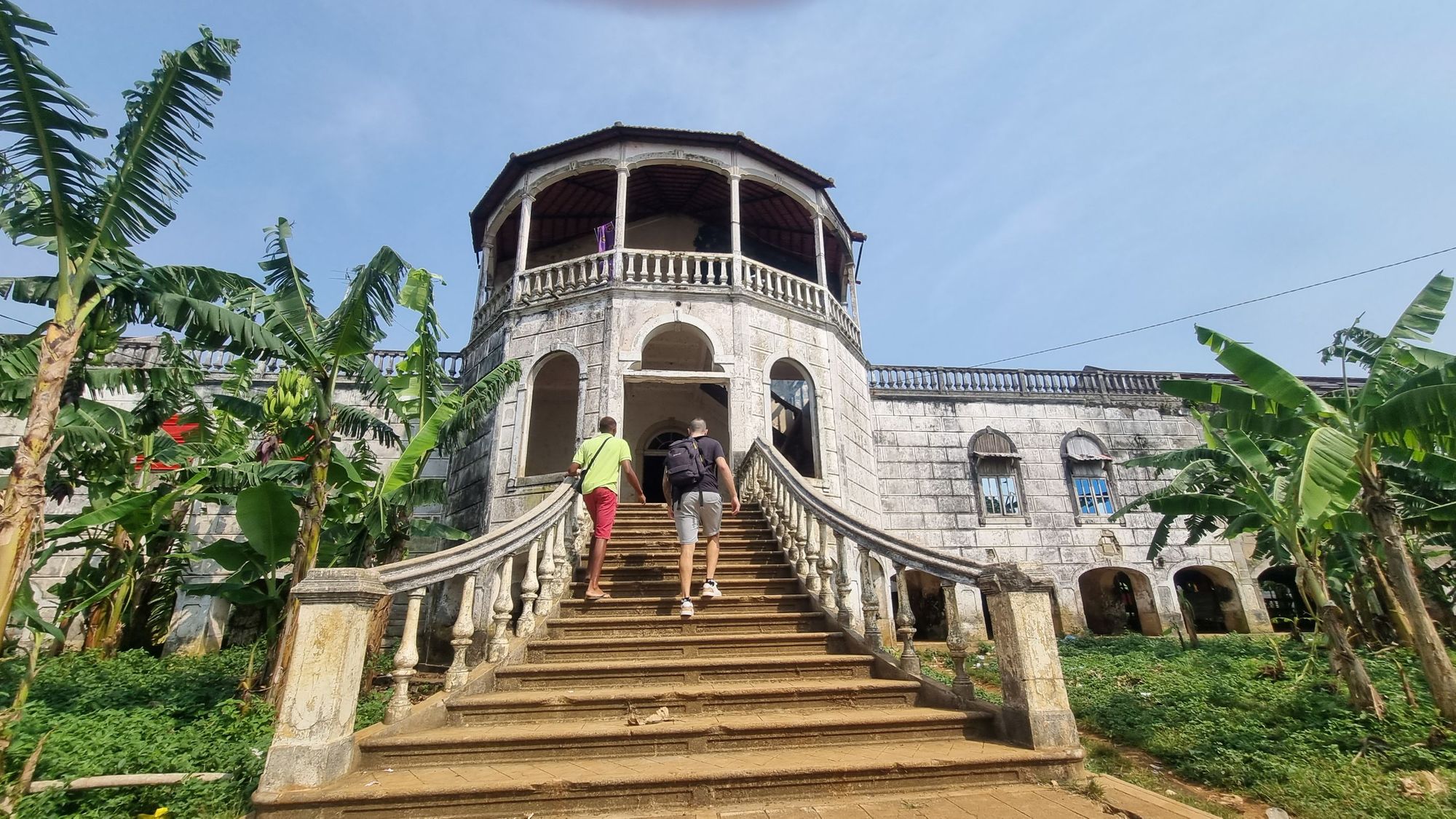
São Tomé was discovered by the Portuguese in the 15th century and colonised during the 16th century. It was populated by enslaved Africans from Cape Verde, Guinea, Congo and Angola, Portuguese convicts and Jewish children separated from their parents and deported from Portugal, who were brought to the islands to work on the sugar plantations. Cocoa was introduced to the archipelago in the 1800s - São Tomé and Príncipe soon became the world’s largest producer, with over 800 cocoa plantations.
This colonial heritage made a deep imprint on the islands’ culture, especially on its architecture. History is brought to life when visiting the old grandiose plantations (roças) such as Roça Agua Izé. A few of these old farms still function after being restored and nationalised whilst the others are now abandoned, with vegetation slowly reclaiming the land.
Contemporary São Tomé and Príncipe has a unique culture combining Portuguese and West African cultural traits. They infuse everything from music, dance, cuisine as well as creative artworks displayed everywhere around the island.

9. To Savour the Islands’ Delicious Cuisine
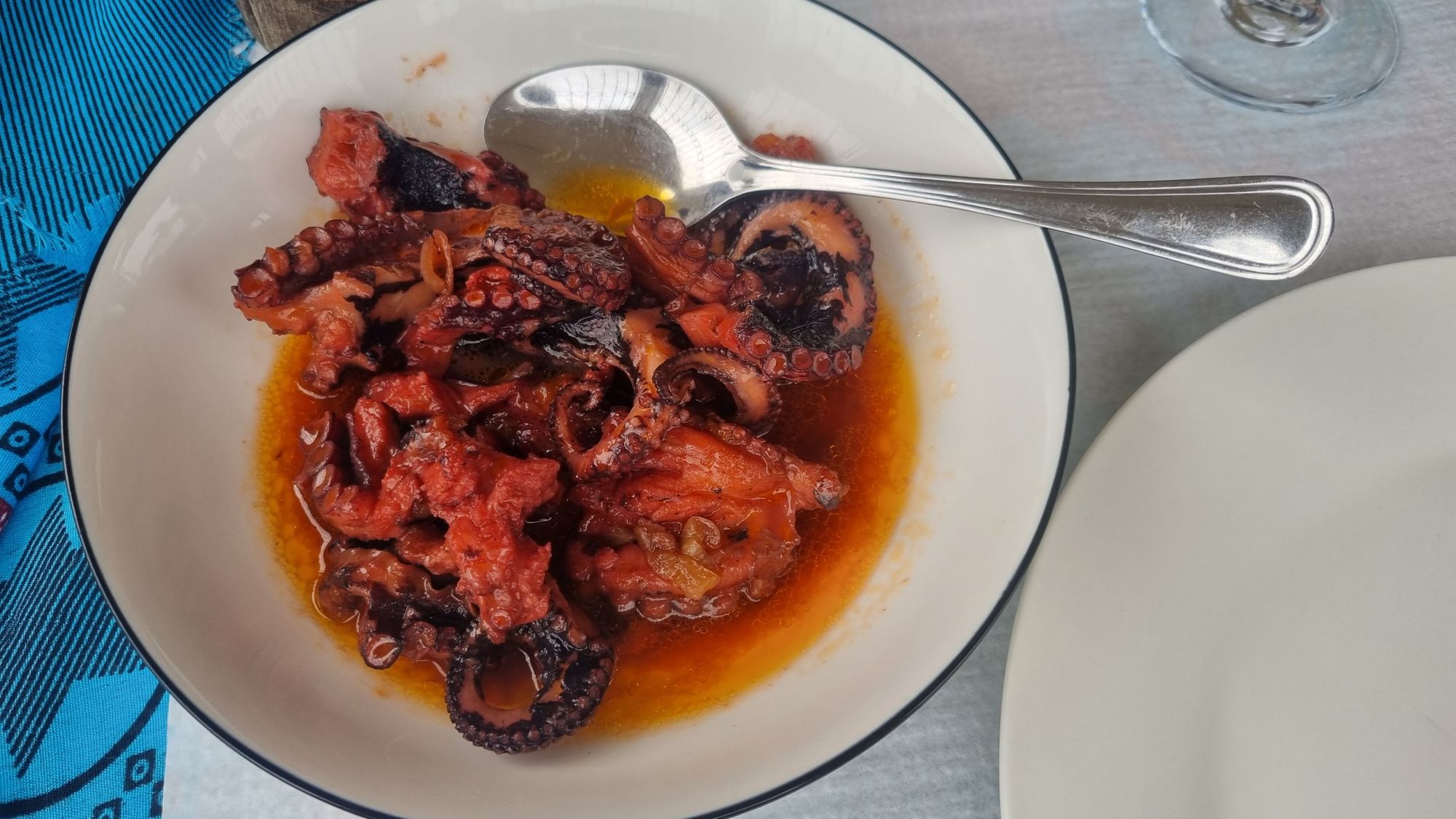
“We might be poor, but we are not hungry” is a common saying amongst São Toméans. The islands’ cuisine has been influenced and shaped by African and Portuguese settlers. Despite the archipelago’s remoteness, the abundance of fresh local products is astonishing. Local fish and seafood is the island’s staple, and served every day on the menu, accompanied by jackfruit, fried bananas and rice. I tasted the best stewed octopus (*polvo*) of my life in a tiny local eatery in the island of Príncipe - home-cooked and served by Juditinha, the local owner.
Although dishes are generally simple, locals expertly mix fresh herbs, tropical fruit, spices, and piri piri (chilli) to produce mouthwatering marinades and sauces. The flavours are bold and exotic, but never overpowering. For elevated local cuisine, try the eight course tasting menu at the home-turned-restaurant of late poet and artist, Almada Negreiros.
Fruit trees as well as coffee and cocoa plantations still abound everywhere across the islands so prepare to be blown away by some of the highest-quality coffee in the world at Museu Cafe, and sublime chocolate produced by Diogo Vaz and Claudio Corallo - the latter often cited as the “best chocolate maker on the planet.”
10. To Experience Sustainable, Grass Roots Tourism
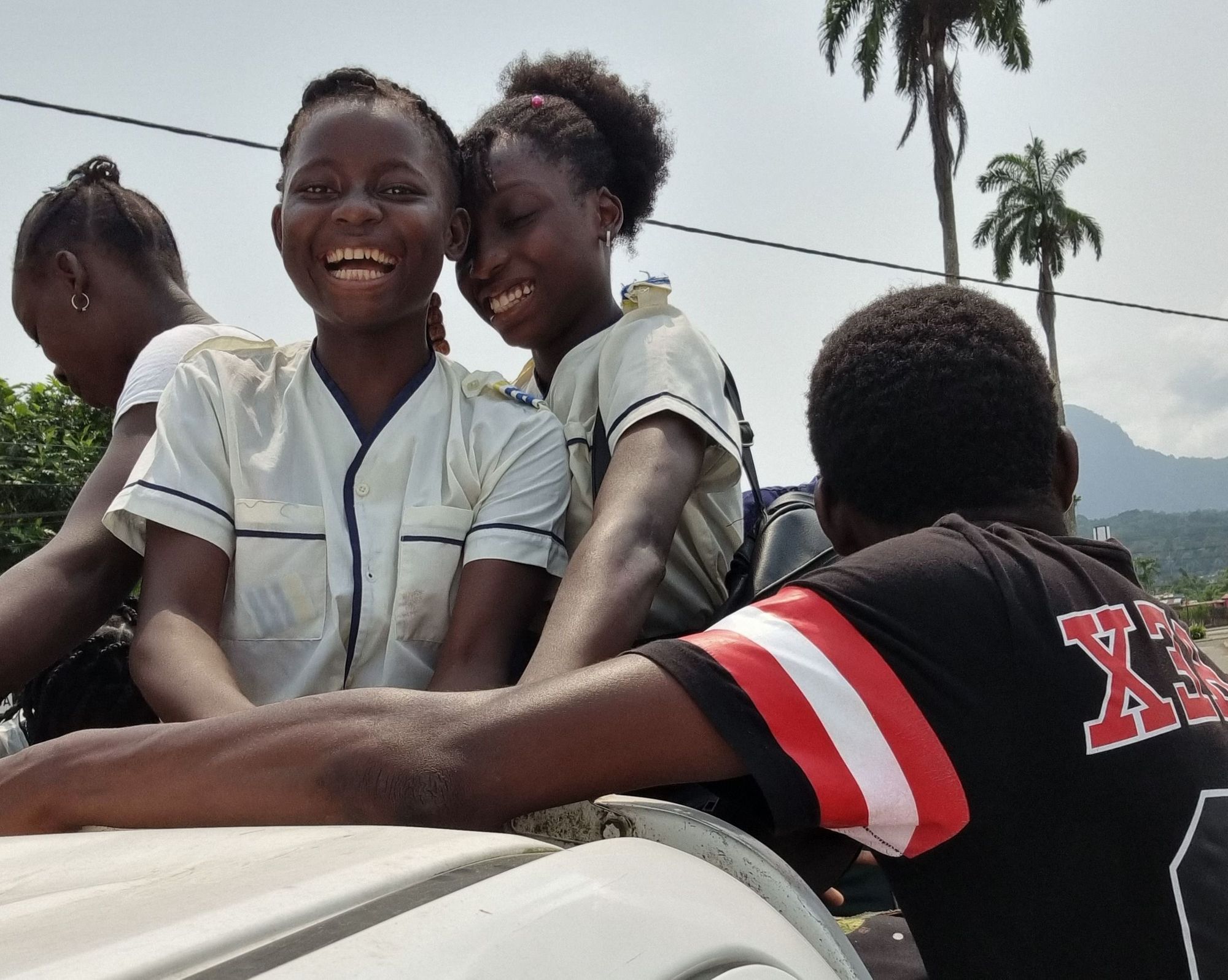
When travelling through Sao Tomé - and especially in more remote Príncipe - it is evident the islands are in desperate need for development, but development of a kind that doesn’t threaten its unique selling point: the pristine ecosystem and environment. Islanders are aware of this necessity and beginning to create sustainable tourism initiatives that will help you travel responsibly across the islands.

I’ve created an itinerary for Much Better Adventures that respects this fragile island wilderness with low impact activities such as trekking and swimming, whilst also ensuring the money spent stays in the local community. We have partnered with an established local host - a founding member of the Sustainable Platform of Tourism on Sao Tomé and Príncipe - who trains and employs only local guides, drivers and boatmen. He books locally owned accommodation and only shops from local artisans and producers, which helps to minimise tourism leakage.
On the trip, you'll also have the chance to meet two NGO teams - Program Tato and Fundacao Principe, to learn about the successful conservation and sustainability strategies they have developed, as well as the challenges and achievements the small two-island nation has faced.
Inspired? Visit these glorious islands on our Journey to the Equator in Sao Tomé and Príncipe adventure, created by Much Better Adventures Adventure Expansion Manager, Marta Marinelli, with a local host.


